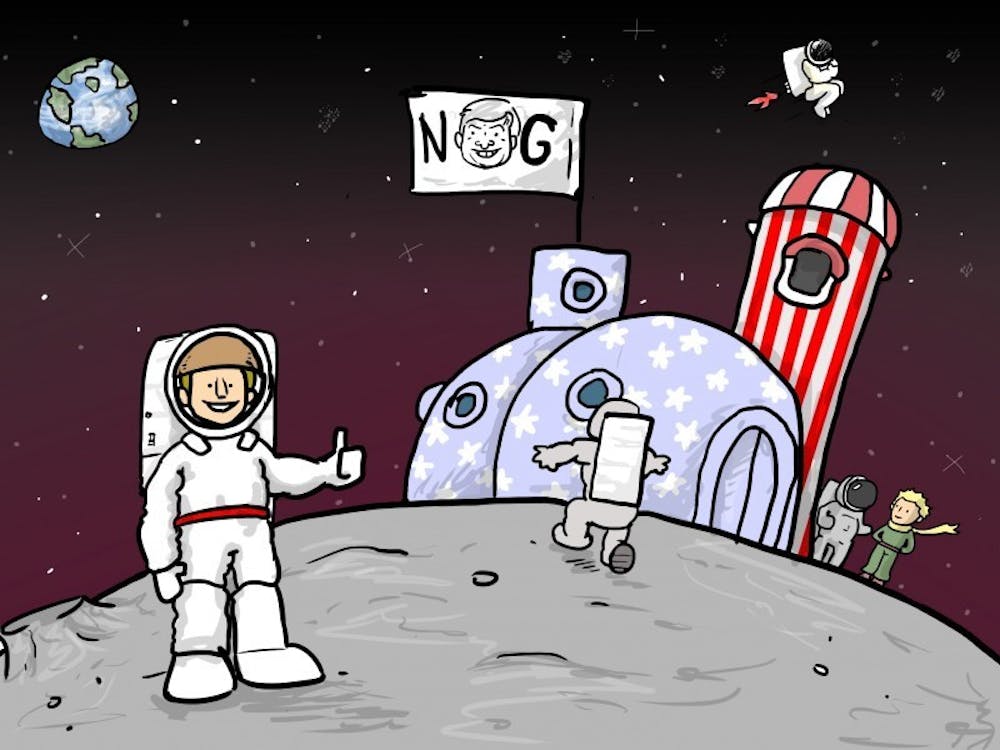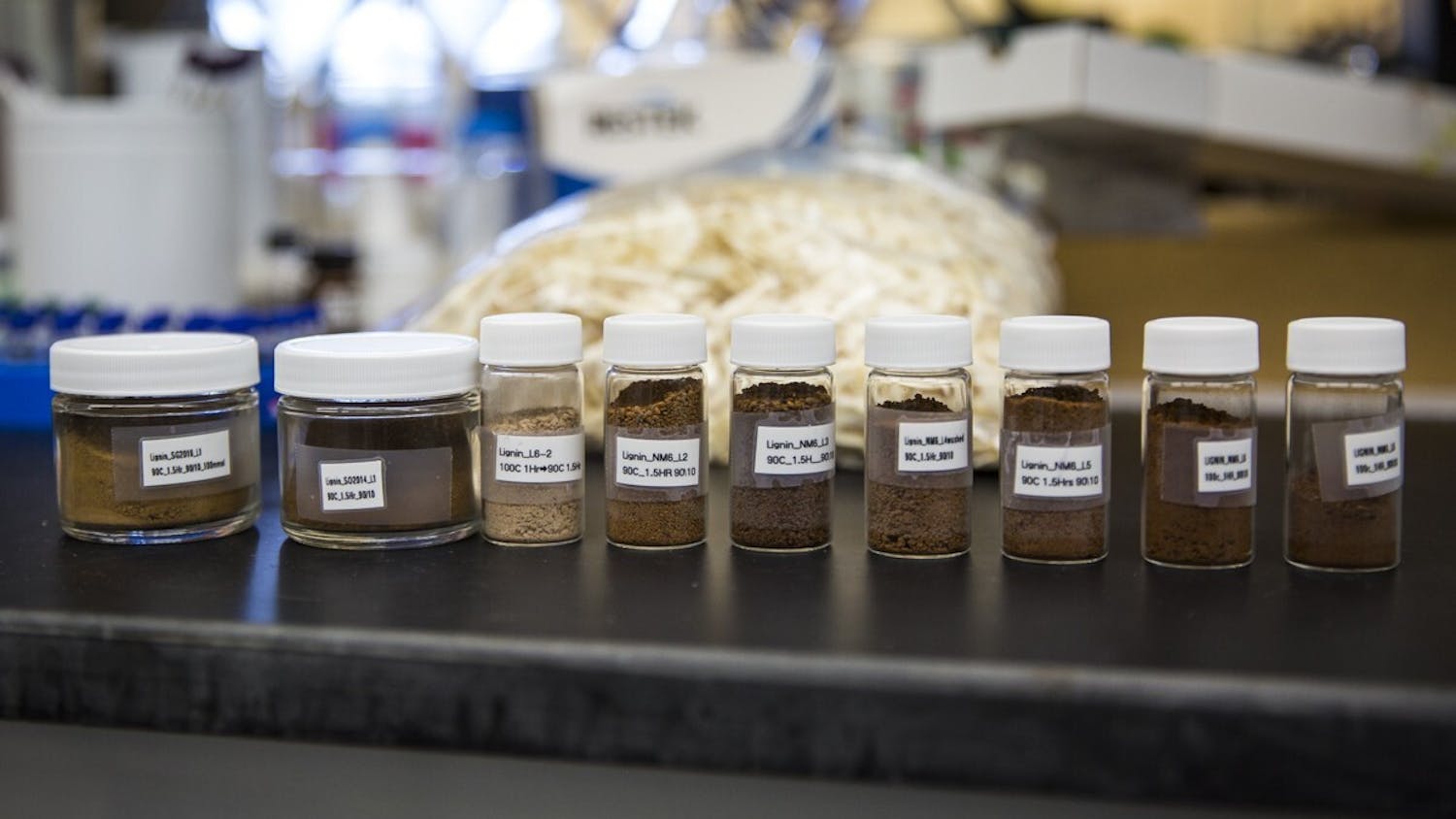SCIENCE
Driven by the prospect of mining precious metals for use on Earth, NASA recently announced its plans to begin the construction of a colony on the Moon—and Newt Gingrich couldn’t be happier.
Lunar soil samples have shown high levels of yttrium, cerium and other rare earth metals as well as an isotope of helium known as Helium-3. These metals are only found at a small number of sites around the world, and existing reserves are being depleted for use in electronic devices like iPods, cell phones, and computers.
Helium-3 is even less abundant, but has the potential to create large amounts of energy cheaply and efficiently through the process of nuclear fusion.
Former congressman and hopeful Republican presidential nominee Newt Gingrich has been a longtime proponent of mining the Moon.
“These days, all the focus is on solar and wind power while the Moon is ripe with Helium-3 that’s there for the taking,” Gingrich said after hearing NASA’s announcement. “Putting a man on the Moon is what made America great. Colonizing the Moon will make America number one again.”
Initial costs may be high, but NASA spokesman Mark Willett discussed the benefits of establishing the colony.
“The United Nations has estimated the cost of ending world hunger to be about $195 billion a year. Providing the world’s population with access to safe drinking water would cost over $30 billion. For just $10 billion we can ensure that Americans will never have to go without cell phones or other electronics.”
While the moon colony will provide precious metals and cheap energy, Willett believes it means even more to the future of the human race.
“Our planet is facing a growing number of problems, and we’re running out of solutions. Between climate change, war and the destruction of the environment, our days here are numbered. Our best bet at this point is to abandon ship,” he said.
The proximity to other planets makes the Moon especially attractive. Once it is inevitably stripped of its resources and becomes uninhabitable, spaceships carrying humans in search of a new planet to call home can use the Moon as a platform to launch from.
The first in a series of six launches is scheduled for June 2013 and will mark the first time since 1972 that a U.S. astronaut has set foot on the Moon. NASA predicts the moon colony will be fully functional by 2018.
Michael Leitch also write the "Ask Mr. Scientist" column. Read his other material under the 'Features' tab.






